





Imagine a world where meeting new people from the comfort of your home is just a click away. That’s the reality these innovative online chat services have created. Let’s dive into the top 10 Omegle alternatives, each with its unique story.

Roulette.chat stands out in the crowded field of online chat platforms, particularly for its unique girl filter feature, a notable distinction from other services. This aspect positions it as the closest alternative to Omegle, especially appealing to users seeking a similar experience without the need for registration.
Furthermore, enhancing its accessibility and user convenience, Roulette.chat also offers mobile applications, inviting users to explore its features: AppStore and Google Play
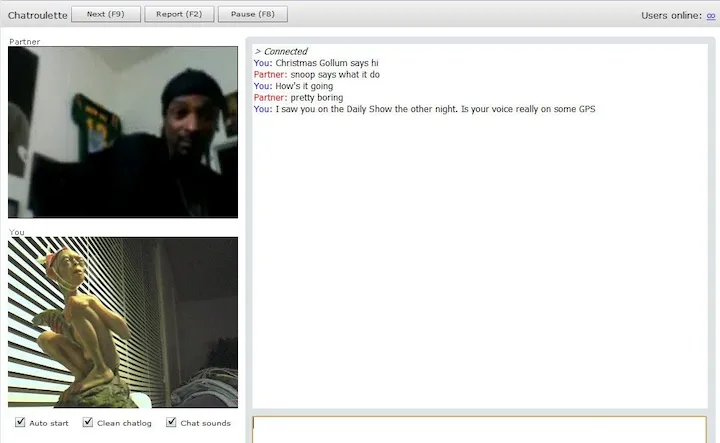
The brainchild of a 17-year-old high school student from Moscow, Chatroulette skyrocketed to fame with a simple yet revolutionary idea: connecting random people for video chats. The first users were the creator’s friends, but soon, news spread across social media, turning it into an overnight sensation.

Tinychat began as a small project by a group of tech enthusiasts wanting to bring back the magic of chat rooms. Their initial users were tech bloggers who loved the idea of themed chat rooms.
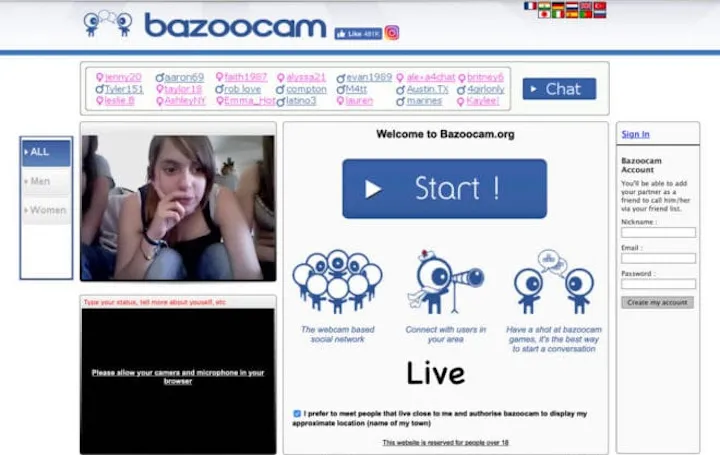
This French-based service started as a local chat hub. Its first customers were French netizens, but it soon expanded globally, offering games and activities during chats.
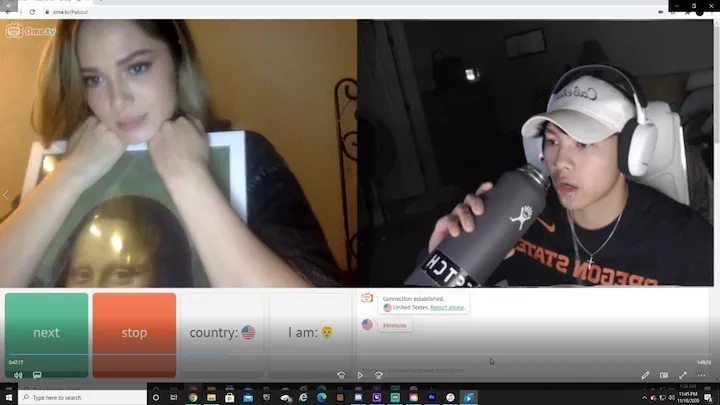
Inspired by Omegle, OmegleTV took the concept further with enhanced video features. The first users were college students who spread the word across campuses.

Camsurf started with a mission to make virtual meetups safe and fun. Its first adopters were safety-conscious users who appreciated its strong moderation.
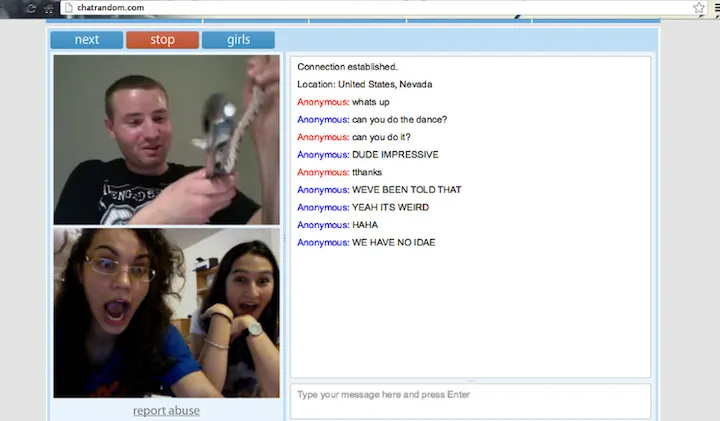
What began as a simple chat platform quickly evolved into a global meeting hub. Chatrandom’s first users were those seeking more diversity in their online interactions.
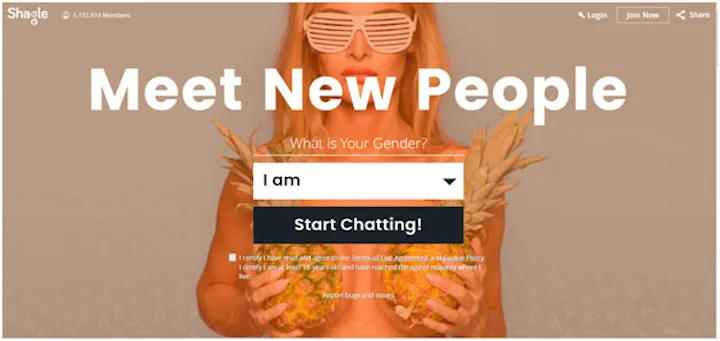
A newer player, Shagle, made waves with its user-friendly interface. The early adopters were young adults seeking seamless video chat experiences.

Chatki came to life in a college dorm, aiming to connect students from different universities. Its first users were students from various colleges, networking for both fun and academics.
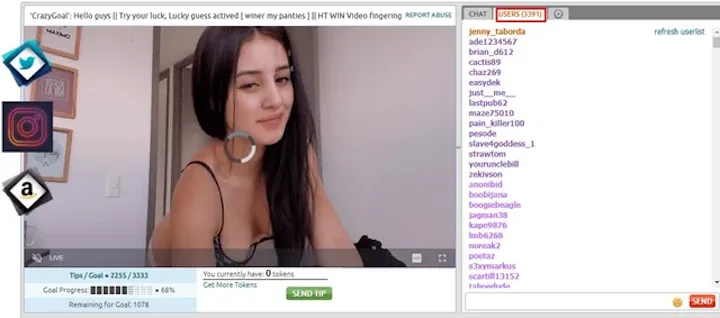
ChatSpin differentiated itself with augmented reality filters. Its early users were tech-savvy individuals excited by the blend of technology and social interaction.
Each of these services has its unique origin story, marked by innovation and the desire to connect people across the globe. As we embrace an increasingly digital world, these platforms remind us of the power of a simple conversation.